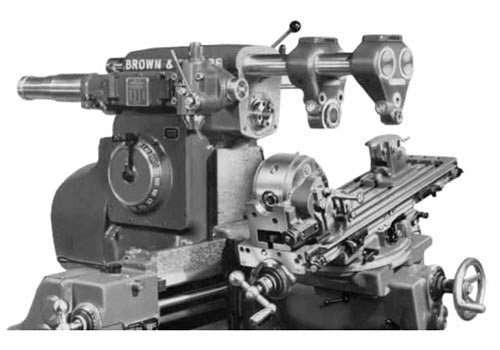
The Roots of CNC Inserts: Tracing Its History
Share
Introduction
The manufacturing industry has evolved over the years, thanks to technological advancements. One such technology that has revolutionized the industry is Computer Numerical Control (CNC) machining. CNC machines are automated machines that use pre-programmed software to control their operations. They have significantly reduced the need for human intervention, improved accuracy, and reduced production costs. CNC inserts are a critical component of CNC machining and have a fascinating history. In this blog post, we will trace the roots of CNC inserts and how they have evolved over time.
The Early Days of CNC Inserts
The first CNC insert was developed in the 1950s by Richard Kegg, who was working for General Electric. Kegg wanted to find a way to automate the manufacturing process and reduce the need for skilled labor. He came up with the idea of a cutting tool that could be programmed to make precise cuts in metal. This cutting tool was the first CNC insert. The early CNC inserts were not as efficient as they are today, but they were a significant improvement over manual machines.
Evolution of CNC Inserts
Over the years, CNC inserts have undergone significant changes and improvements. In the 1970s, the first indexable inserts were developed. These inserts allowed for quick and easy replacement of worn-out cutting edges. Indexable inserts made it possible for machine operators to change the cutting edge without removing the entire tool. This innovation improved efficiency and reduced production times.
In the 1980s, the first coated inserts were introduced. These inserts had a thin layer of coating that improved their wear resistance and lifespan. The coating was made of materials such as titanium nitride or aluminum oxide, which improved the inserts' surface hardness. The coated inserts could withstand higher temperatures and pressures, making them ideal for high-speed machining operations.
In the 1990s, the first ceramic inserts were developed. These inserts were made of a ceramic material that was much harder than traditional carbide inserts. They were ideal for machining high-temperature alloys and other difficult-to-machine materials. Ceramic inserts could withstand temperatures of up to 2,000 degrees Celsius, making them suitable for operations involving high-temperature alloys.
The Future of CNC Inserts
As technology continues to advance, so too will CNC inserts. We can expect to see even more durable and wear-resistant inserts that can withstand higher temperatures and pressures. Additionally, with the rise of Industry 4.0 and the Internet of Things, we can expect to see CNC inserts that are connected to the internet and can communicate with other machines and systems. This will improve efficiency, reduce downtime, and improve overall productivity.
Another exciting development in CNC inserts is the use of 3D printing technology. 3D printing allows for the creation of intricate geometries that are not possible with traditional manufacturing methods. It is possible to create custom inserts that are specific to a particular application, improving performance and efficiency.
Conclusion
CNC inserts have come a long way since their inception in the 1950s. From the first CNC insert developed by Richard Kegg to the latest ceramic inserts, these cutting tools have undergone significant changes and improvements. The evolution of CNC inserts has made it possible to produce high-quality components efficiently and cost-effectively. As technology continues to advance, we can expect to see even more innovative and advanced CNC inserts in the future. The future of CNC machining is bright, and CNC inserts will play a significant role in shaping it.




